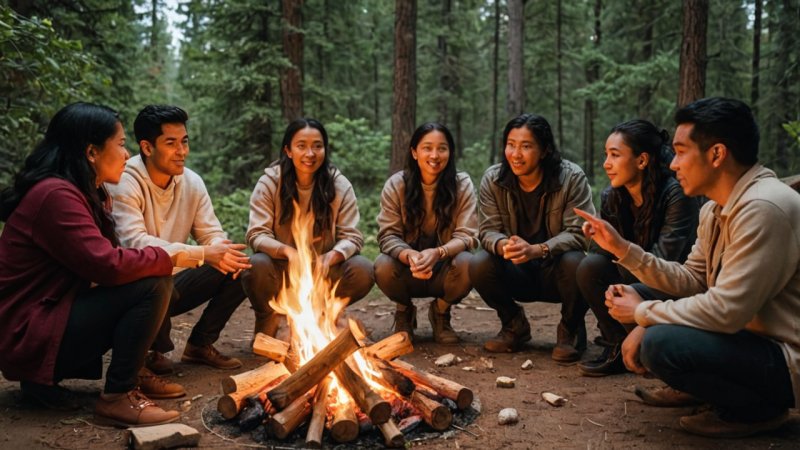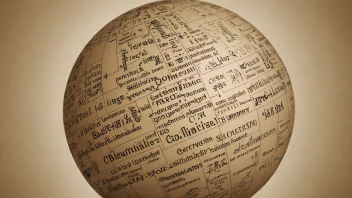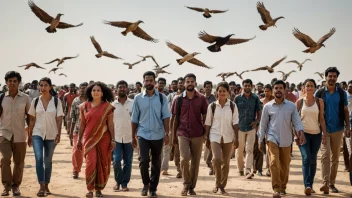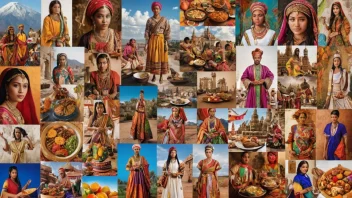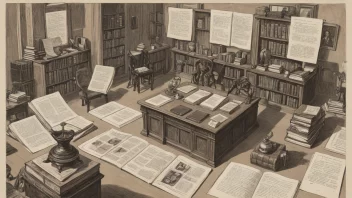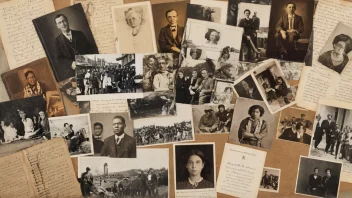Storytelling is a fundamental aspect of human communication, serving as a vehicle for sharing knowledge, values, and experiences across generations. From ancient cave paintings to modern digital media, stories have played a crucial role in shaping cultures and societies. This article explores the intricate relationship between storytelling and cultural transmission, examining how narratives influence identity, preserve traditions, and foster community cohesion. By delving into the psychological, social, and historical dimensions of storytelling, we can better understand its enduring significance in our lives.
Understanding Storytelling
At its core, storytelling is the art of conveying information through a narrative. It encompasses a wide range of formats, including oral traditions, written texts, films, and digital content. Stories can be factual, fictional, or a blend of both, and they often reflect the cultural context in which they are created. The elements of storytelling—characters, plot, conflict, and resolution—are universal, transcending geographical and temporal boundaries.
The Psychological Impact of Stories
Research in psychology suggests that stories are more than mere entertainment; they are a powerful tool for learning and memory. When we engage with a narrative, our brains activate in ways that enhance comprehension and retention. Neuroscientists have found that storytelling can stimulate the release of oxytocin, a hormone associated with empathy and social bonding. This emotional response helps to forge connections between the storyteller and the audience, making the conveyed messages more impactful.
Storytelling as a Cultural Artifact
Throughout history, storytelling has served as a repository of cultural knowledge. Folktales, myths, and legends often encapsulate the values, beliefs, and experiences of a community. For instance, Native American oral traditions convey lessons about respect for nature, communal living, and the importance of ancestry. Similarly, African griots preserve the histories of their people through songs and stories, ensuring that cultural heritage is passed down through generations.
The Role of Storytelling in Cultural Transmission
Cultural transmission refers to the process by which cultural knowledge and practices are shared and perpetuated within a society. Storytelling is a vital mechanism in this process, acting as a bridge between the past and the present. It allows individuals to connect with their heritage while also adapting to contemporary contexts.
Preservation of Cultural Identity
In an increasingly globalized world, storytelling serves as a means of preserving cultural identity. Communities often use stories to assert their uniqueness, celebrating traditions and values that distinguish them from others. For example, the oral histories of Indigenous peoples are crucial for maintaining their cultural identities in the face of external pressures. By recounting their stories, they reinforce their connections to their land, history, and community.
Facilitating Intergenerational Dialogue
Storytelling fosters communication between generations, enabling the transfer of wisdom and experiences. Elders often share stories with younger members of the community, imparting lessons learned from their own lives. This intergenerational dialogue not only strengthens familial bonds but also ensures that valuable insights are not lost over time. For instance, in many cultures, grandparents play a key role in teaching their grandchildren about traditions through stories that emphasize moral values and social responsibilities.
Adapting to Change
While storytelling is rooted in tradition, it is also dynamic and adaptable. As societies evolve, so too do their narratives. Contemporary storytellers often reinterpret traditional tales to address modern issues, such as social justice, environmental concerns, and technological advancements. This adaptability ensures that stories remain relevant and resonate with new audiences, allowing cultural transmission to continue in a changing world.
The Impact of Technology on Storytelling
The advent of technology has transformed the landscape of storytelling. Digital platforms have democratized the storytelling process, allowing diverse voices to emerge and share their narratives with a global audience. Social media, podcasts, and video-sharing platforms enable individuals to tell their stories in innovative ways, reaching people who may have previously been excluded from mainstream narratives.
Digital Storytelling
Digital storytelling combines traditional narrative techniques with modern technology, creating immersive experiences that engage audiences in new ways. This format often incorporates multimedia elements, such as images, audio, and video, enhancing the emotional impact of the story. For example, organizations use digital storytelling to raise awareness about social issues, sharing personal accounts that humanize complex topics and inspire action.
The Globalization of Stories
Technology has also facilitated the globalization of storytelling. Stories from one culture can now reach audiences across the world, fostering cross-cultural understanding and appreciation. However, this globalization raises questions about cultural appropriation and the potential dilution of traditional narratives. It is essential to approach cross-cultural storytelling with sensitivity and respect, ensuring that the voices of original storytellers are honored.
Challenges and Considerations in Storytelling
While storytelling is a powerful tool for cultural transmission, it is not without its challenges. The accuracy of narratives, the representation of marginalized voices, and the potential for misinformation are significant concerns in today's media landscape.
Authenticity and Representation
Authenticity is crucial in storytelling, particularly when representing cultures that are not one's own. It is vital for storytellers to conduct thorough research and engage with the communities they wish to portray. This approach helps to avoid stereotypes and ensures that stories are told with integrity. Additionally, amplifying the voices of underrepresented groups is essential for a more inclusive narrative landscape.
The Risk of Misinformation
In the digital age, misinformation can spread rapidly, complicating the landscape of storytelling. Stories that are misleading or factually incorrect can shape public perceptions and attitudes, leading to harmful consequences. It is crucial for both storytellers and audiences to critically evaluate the sources and content of narratives, fostering a culture of media literacy that empowers individuals to discern fact from fiction.
Conclusion
Storytelling is an essential component of cultural transmission, bridging the gap between past and present while fostering connections within communities. Through its psychological impact, preservation of cultural identity, and adaptability to change, storytelling remains a powerful tool for sharing knowledge and experiences. As technology continues to evolve, it offers new opportunities and challenges for storytellers, emphasizing the importance of authenticity and representation. Ultimately, the stories we tell shape our understanding of ourselves and the world around us, making storytelling an invaluable practice in the ongoing journey of cultural transmission.
